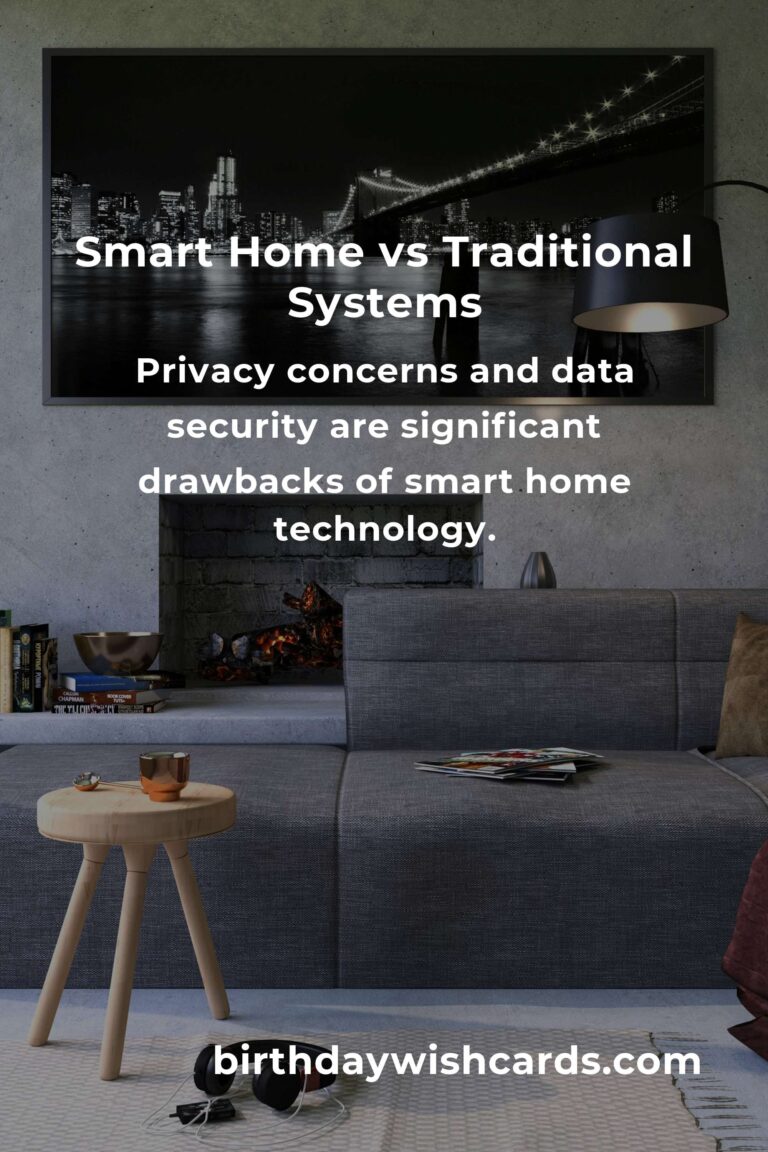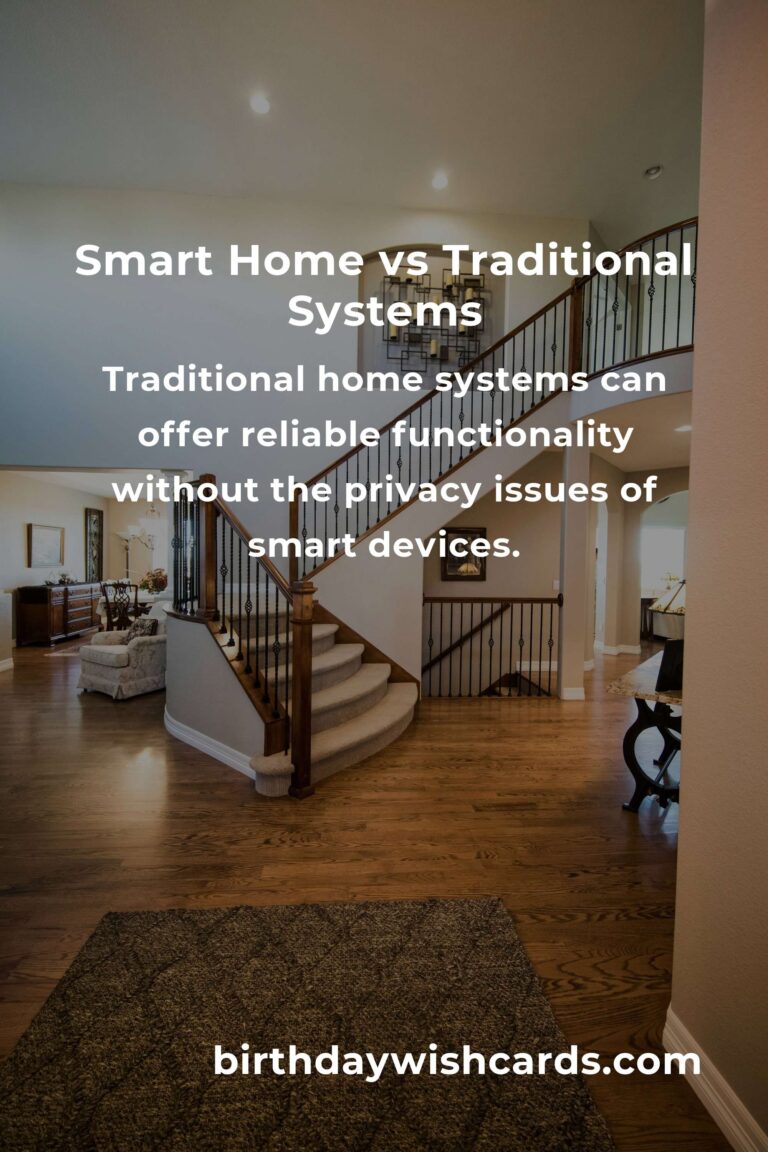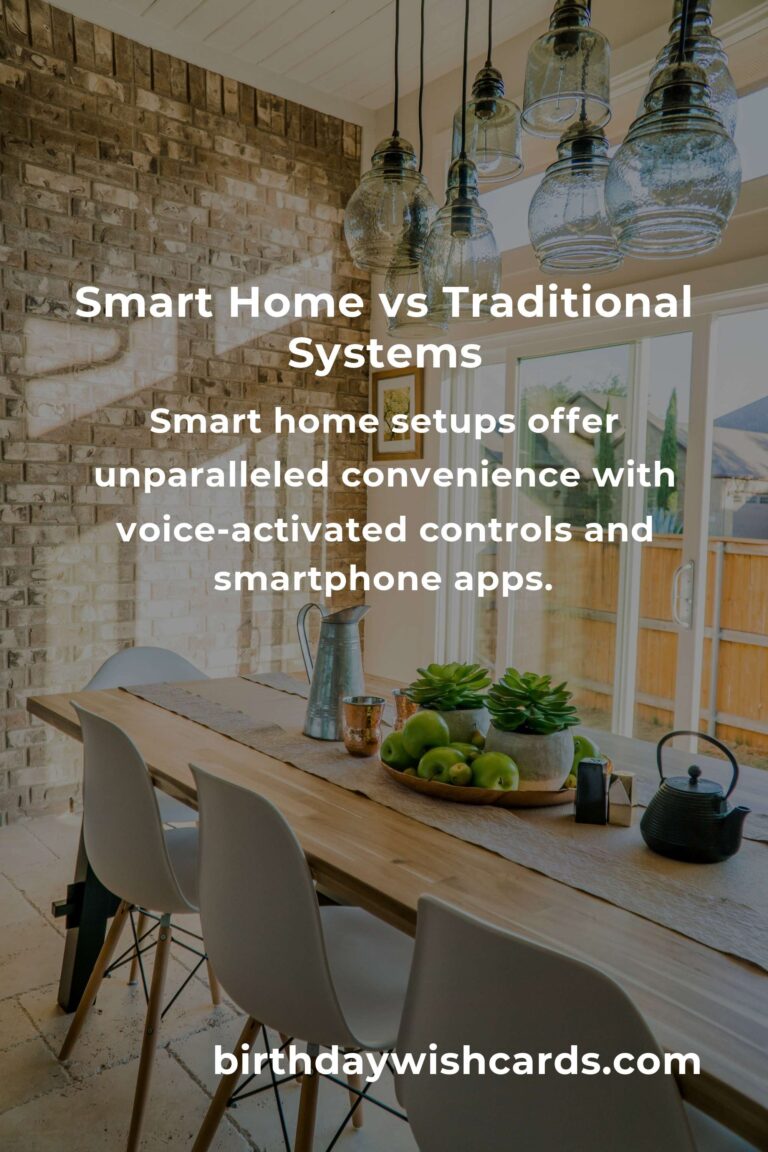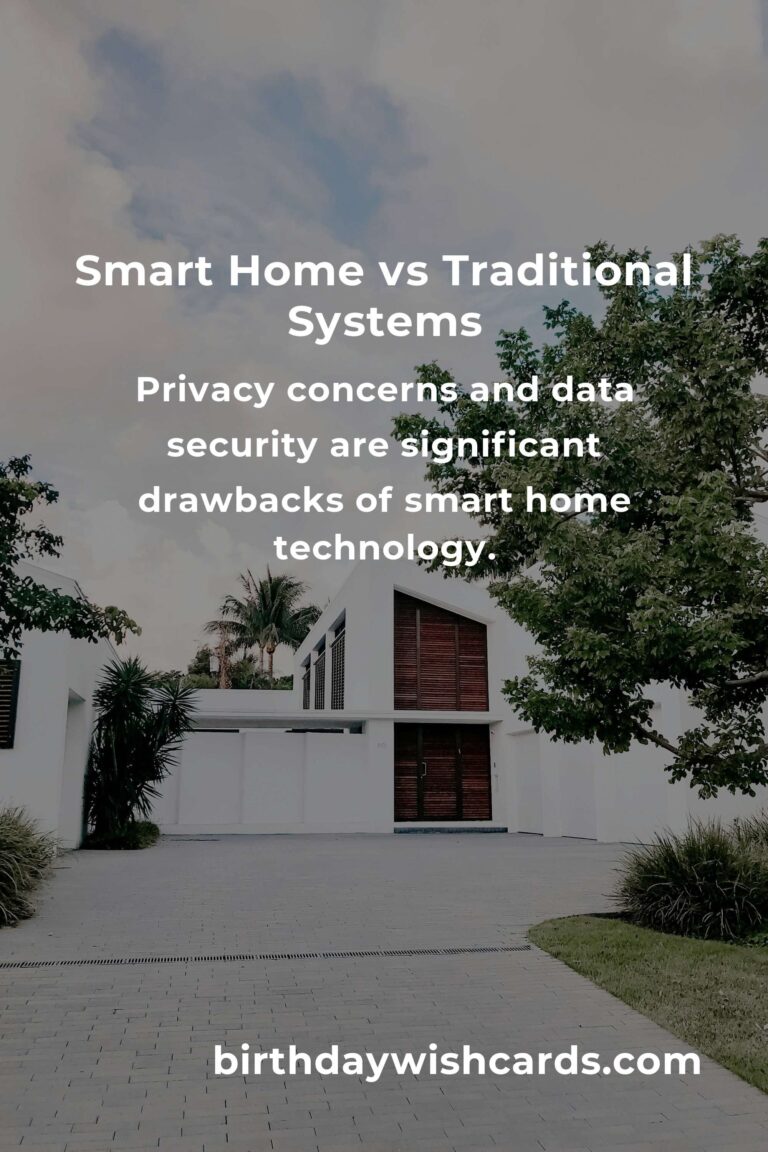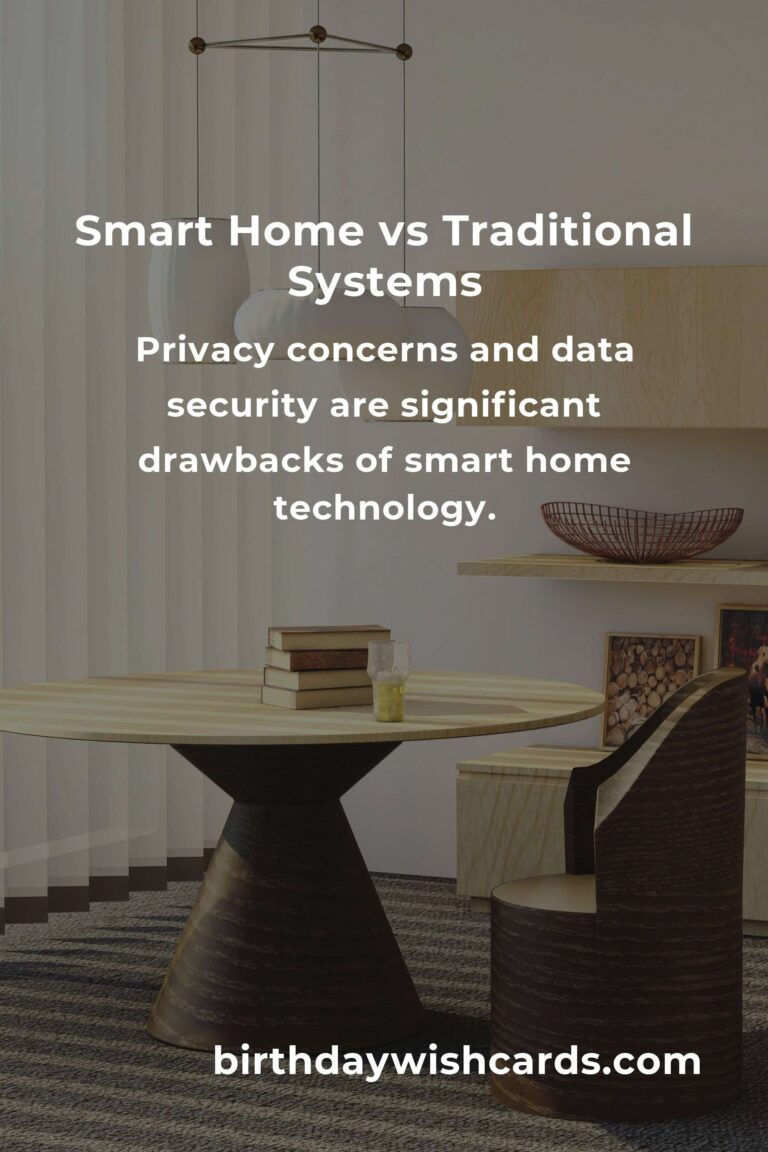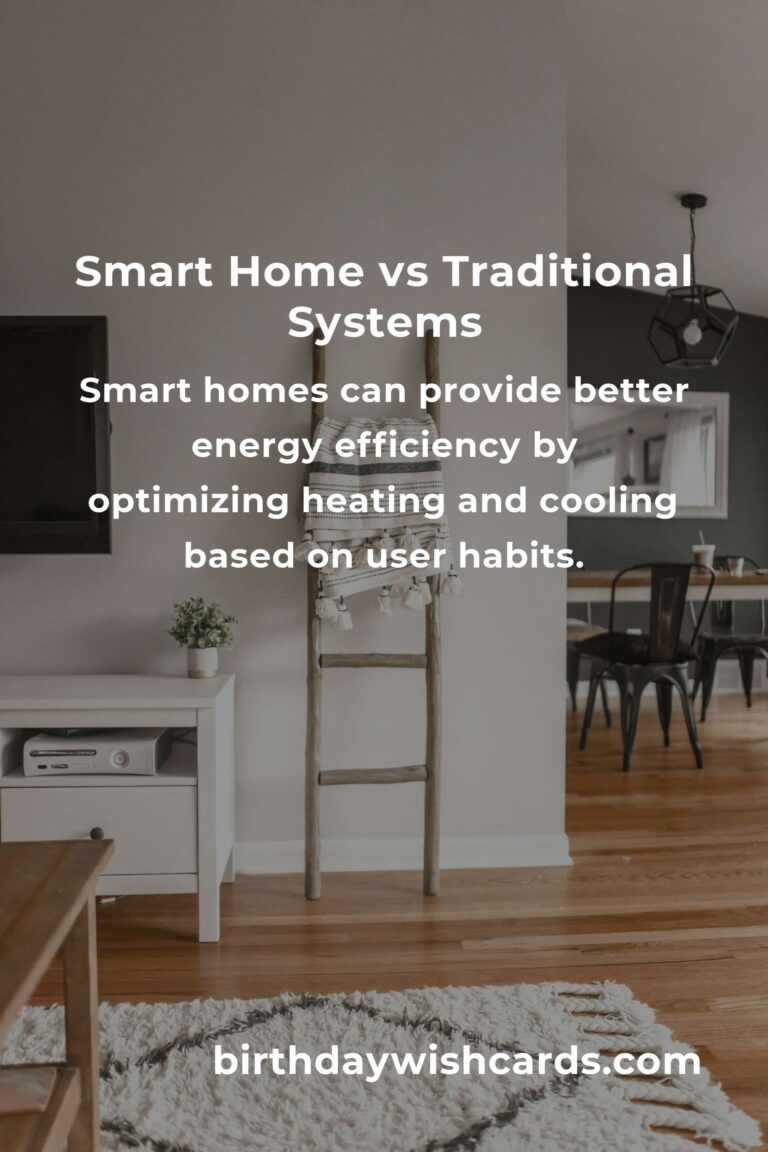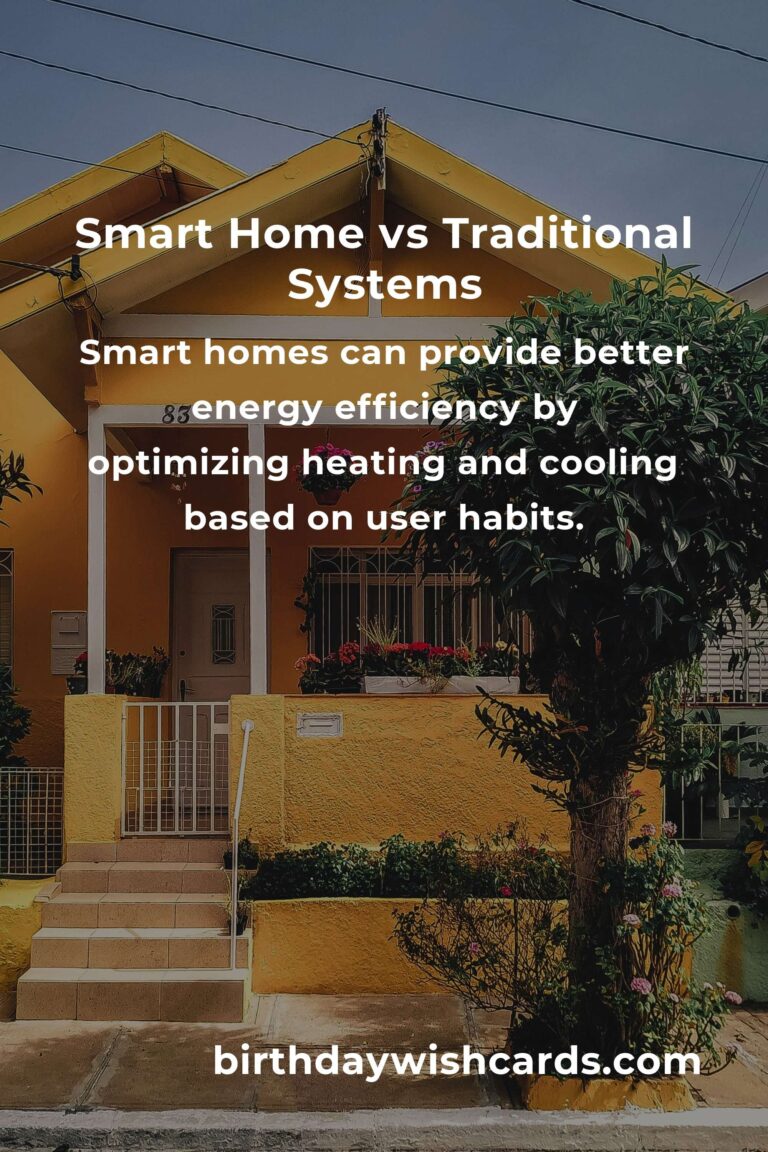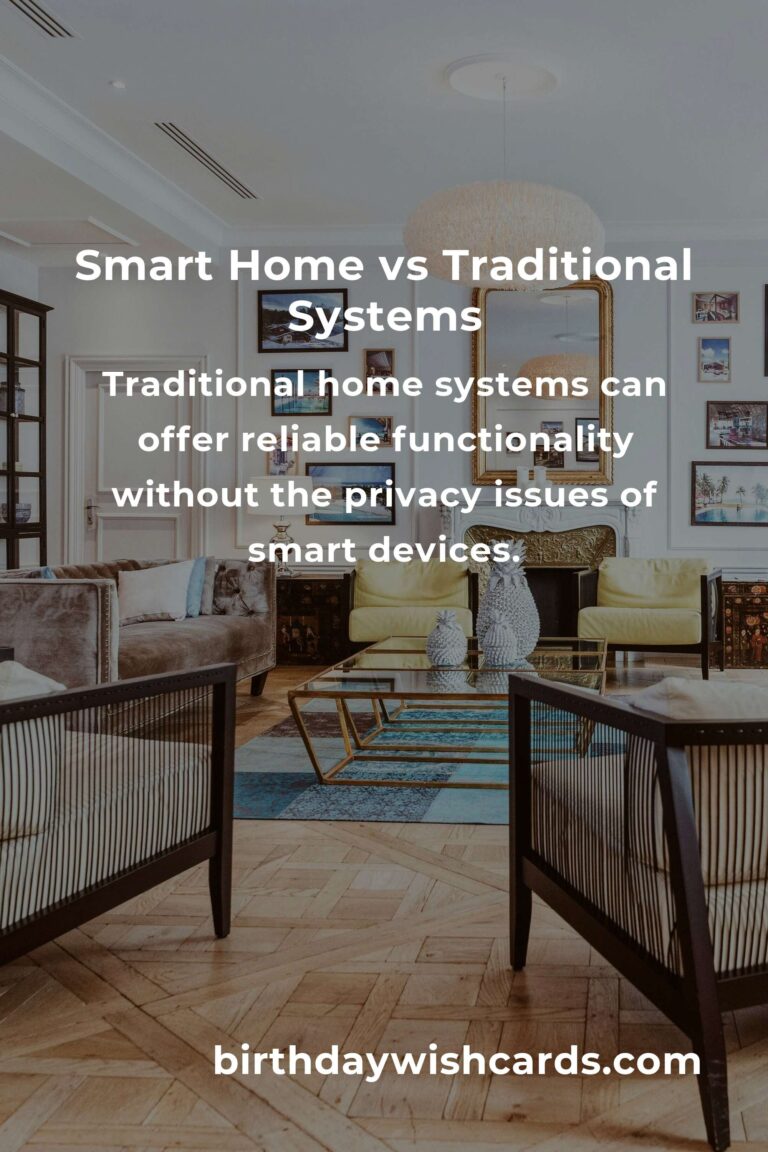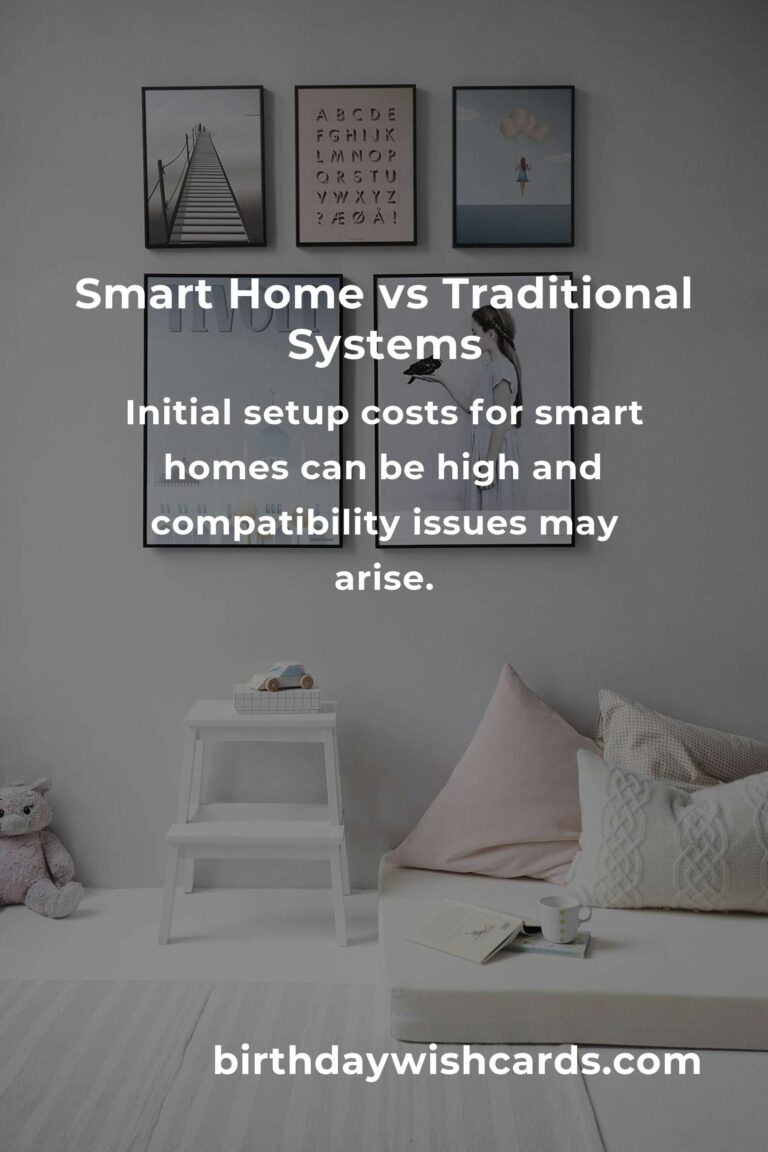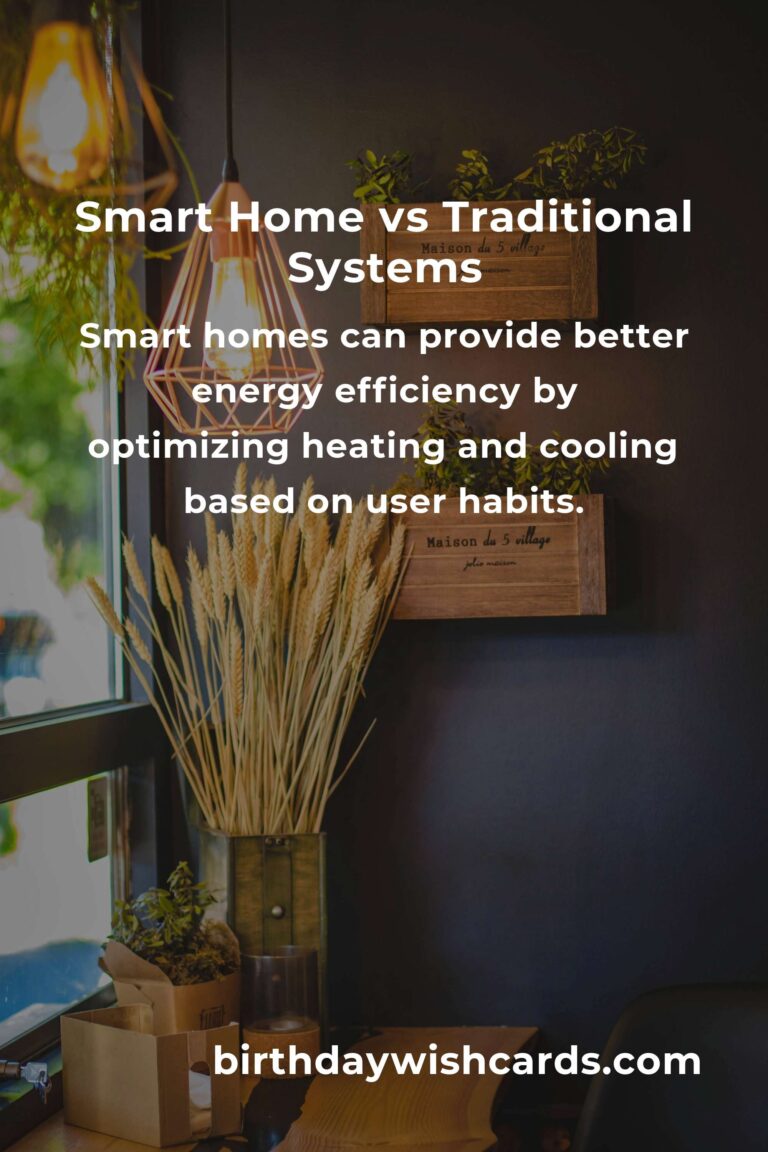
The rise of smart home technology has transformed how we interact with our living spaces. From voice-activated lights to intelligent thermostats, smart home setups offer unparalleled convenience. But are they always the best choice? Let’s explore the advantages and disadvantages of smart home setups compared to traditional alternatives.
Understanding Smart Home Technology
A smart home setup integrates advanced technology to automate and control various home functions. These systems often include smart speakers, security cameras, lighting, heating systems, and more, all controllable via smartphone apps or voice commands. The primary goal is to enhance convenience, improve energy efficiency, and provide better security.
Advantages of Smart Home Setups
One of the most significant advantages of smart home setups is convenience. With a few taps on your smartphone, you can control lighting, heating, and even security. This level of control is unmatched by traditional systems. Additionally, smart homes often offer better energy efficiency. Smart thermostats, for example, can learn your schedule and optimize heating and cooling to save energy.
Security is another crucial benefit. Smart cameras and alarms can be monitored remotely, providing peace of mind even when you’re away. Some systems even include alerts for unusual activity, giving you an added layer of protection.
Disadvantages of Smart Home Setups
Despite the many advantages, smart home setups aren’t without drawbacks. Initial setup costs can be high, especially if you want to integrate multiple devices. There’s also the issue of compatibility; not all devices work seamlessly together, requiring potentially costly upgrades or replacements.
Privacy concerns are another significant drawback. Smart home devices often collect data on your habits and routines. This data collection can be a privacy risk if not properly managed. Moreover, smart devices are vulnerable to hacking, which could lead to unauthorized access to your home systems.
Alternatives to Smart Home Setups
If a smart home setup doesn’t appeal to you, there are alternatives. Traditional home systems, while less technologically advanced, can still offer excellent functionality. Conventional security systems, for example, provide reliable protection without the privacy concerns associated with smart devices.
Manual lighting and heating controls can still be energy-efficient if used wisely. Timers and programmable thermostats can help manage energy use effectively. Additionally, traditional home systems often have lower upfront costs and don’t require continuous software updates.
Which Is Better for You?
Deciding between a smart home setup and traditional alternatives depends on your personal needs and preferences. If you value convenience, energy efficiency, and cutting-edge technology, a smart home setup might be the way to go. However, if privacy, cost, and simplicity are more important, traditional systems could be a better fit.
Ultimately, the best choice will align with your lifestyle, budget, and comfort level with technology. Consider your priorities and weigh the pros and cons to determine which option is right for you.
Smart home setups offer unparalleled convenience with voice-activated controls and smartphone apps.
Smart homes can provide better energy efficiency by optimizing heating and cooling based on user habits.
Initial setup costs for smart homes can be high and compatibility issues may arise.
Privacy concerns and data security are significant drawbacks of smart home technology.
Traditional home systems can offer reliable functionality without the privacy issues of smart devices.
The choice between smart home setups and traditional systems depends on personal needs and preferences.
#SmartHome #HomeAutomation #TechVsTraditional #HomeSecurity #EnergyEfficiency


